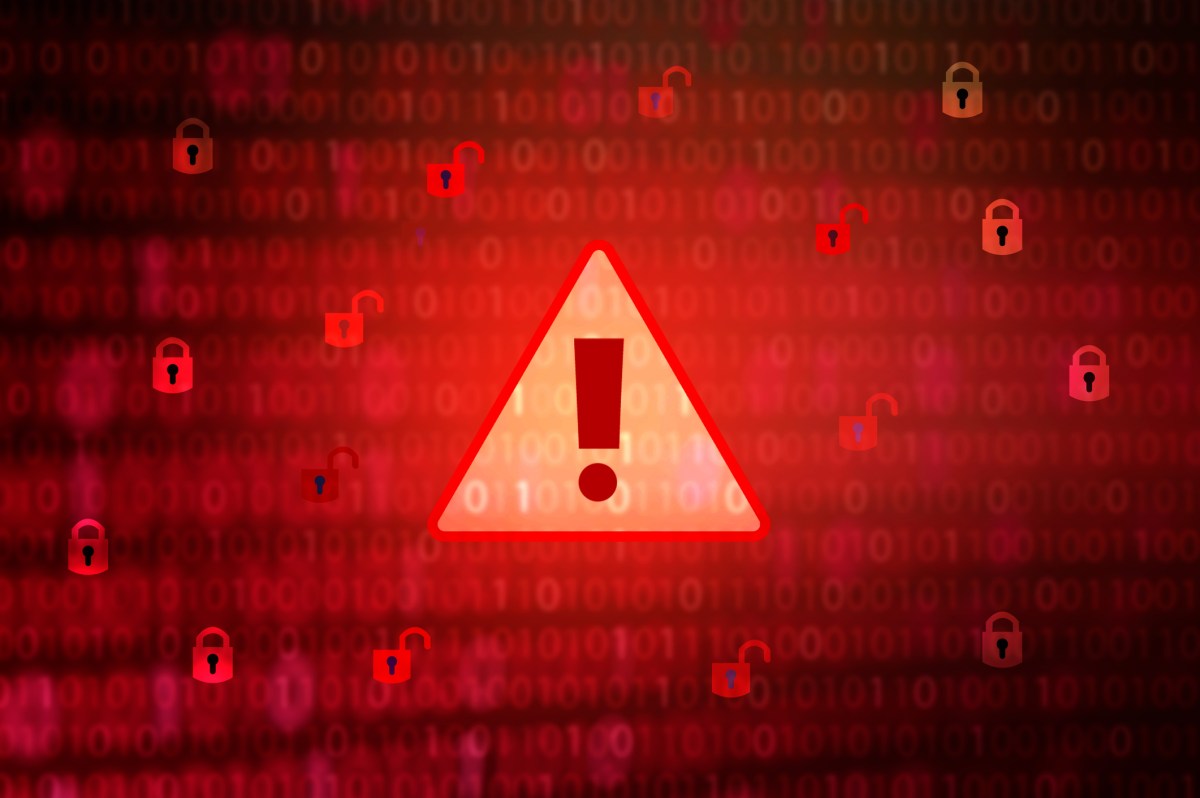Under "WAN DNS Setting", there's these settings. Should I change anything to make it more secure?
Stuff in ( ) means that's the current selected option.
DNS Server: Auto
Forward local domain queries to upstream DNS: Yes / (No)
Enable DNS Rebind protection: Yes / (No)
Enable DNSSEC support: Yes / (No)
- If "Yes" is selected....
- Validate unsigned DNSSEC replies: (Yes) / No
Prevent client auto DoH: Yes / No / (Auto)
DNS Privacy Protocol: (None) / DNS-over-TLS (DoT)
- If "DNS-over-TLS (DoT)" is selected ....
- DNS-over-TLS Profile: (Strict) / Opportunistic
- Preset server: A list of servers that fills out the "DNS-over-TLS Server List".
Router: ASUS RT-AC1900P
Frimware: Asuswrt-Merlin (386.12_6)
ISP: TekSavvy
Current installed addons: Diversion (ad blocker)
Stuff in ( ) means that's the current selected option.
DNS Server: Auto
Forward local domain queries to upstream DNS: Yes / (No)
Enable DNS Rebind protection: Yes / (No)
Enable DNSSEC support: Yes / (No)
- If "Yes" is selected....
- Validate unsigned DNSSEC replies: (Yes) / No
Prevent client auto DoH: Yes / No / (Auto)
DNS Privacy Protocol: (None) / DNS-over-TLS (DoT)
- If "DNS-over-TLS (DoT)" is selected ....
- DNS-over-TLS Profile: (Strict) / Opportunistic
- Preset server: A list of servers that fills out the "DNS-over-TLS Server List".
Router: ASUS RT-AC1900P
Frimware: Asuswrt-Merlin (386.12_6)
ISP: TekSavvy
Current installed addons: Diversion (ad blocker)



